Visa Sponsorship: What You Need to Know
Getting a visa to live or work in the U.S. can feel like a maze. But don’t worry, we’ve got the map. Let’s break down what visa sponsorship is, how it works, and what responsibilities come with it.
What is Visa Sponsorship?
Visa sponsorship is when someone in the U.S.—usually an employer—supports a foreign national’s visa or green card application. They provide the necessary paperwork to the U.S. government and promise that the person will follow U.S. immigration laws.
When it comes to jobs, the employer is the sponsor. They help their future or current employees get the visas they need to work in the U.S.
Here’s a simple rundown of the visa sponsorship process:
1. Find a Candidate: The employer picks a foreign national they want to hire.
2. Submit a Petition: The employer sends a petition to U.S. Citizenship and Immigration Services.
3. Get Labor Certification: For some visas, the employer needs a labor certification from the Department of Labor.
4. Apply for a Visa: The foreign national applies for a visa with the U.S. Department of State.
5. Approval and Entry: If approved, the visa is issued, and the person can enter or stay in the U.S.
What Sponsors Have to Do
Sponsors have several duties to make sure the foreign national follows U.S. immigration laws. These duties can vary but usually include the following:
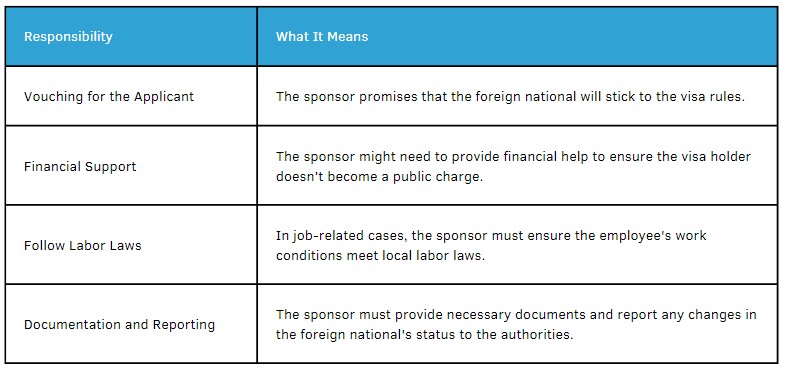
Employers need to make sure they follow all the steps for getting visas and work permits, sticking to the rules that govern visa sponsorship.
Knowing these responsibilities is key for both sponsors and foreign nationals to ensure everything goes smoothly.
Family-Based Sponsorship
Perks for Immediate Relatives
Family-based sponsorship has some sweet perks for immediate relatives of U.S. citizens. We’re talking about spouses, unmarried kids under 21, and parents. These folks get to skip the line—no waiting around for visa numbers or dealing with backlogs. Visas are always on tap for them, so they can usually get through the immigration process faster.
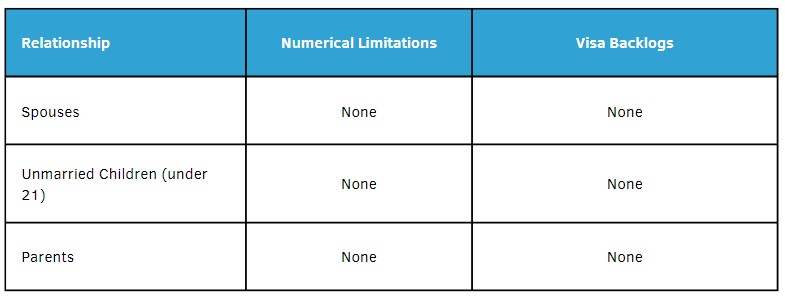
Money Matters and Public Charge
If you’re sponsoring a family member, you gotta show you can support them financially. This is to make sure they won’t end up relying on public benefits, which is what they call a “public charge.”
You’ll need to fill out an Affidavit of Support (Form I-864) to prove you have enough income or assets to keep the sponsored immigrant above 125% of the Federal Poverty Guidelines. Sometimes, you might even have to pay back the government for any public benefits your family member uses.
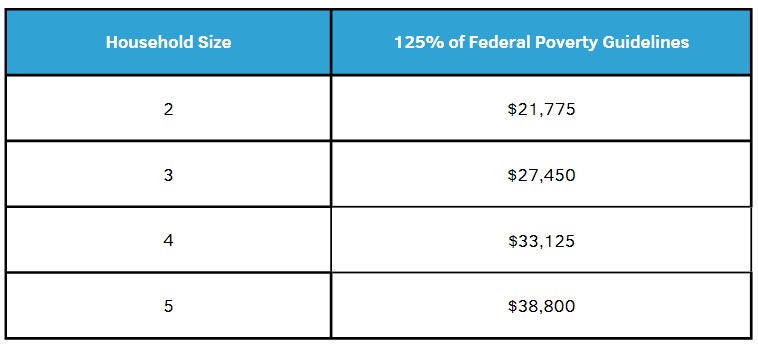
Getting a handle on these financial responsibilities is key if you’re thinking about family-based visa sponsorship. Meeting all the legal and financial requirements can make the immigration process smoother and help reunite families faster.
Employer-Sponsored Visas
Getting an employer-sponsored visa can feel like trying to solve a Rubik’s Cube blindfolded. But don’t worry, we’ve got the lowdown on what you need to know about the demand, trends, and responsibilities tied to these visas.
Demand and Trends
Employer-sponsored visas have been on a rollercoaster lately. Thanks to COVID-19, embassies are backed up like a clogged drain, making visa processing slower than a snail on a lazy day. This has made getting work visas a bit of a headache.
Employers have to jump through hoops to prove they can’t find the skills they need locally before they can sponsor international workers. This rule is there to make sure foreign workers aren’t taking jobs from local folks.
Some companies, spooked by the pandemic, are cutting back on visa sponsorships. They’re keeping employees closer to home to dodge the messiness of international travel and work visas.
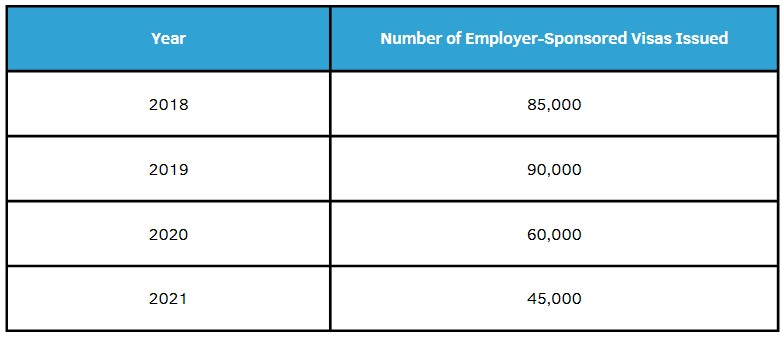
Employer Responsibilities and Liabilities
Sponsoring a visa isn’t just about signing a few papers. Employers have to prove they need a foreign worker, make sure the job and salary fit visa rules, and keep spotless records of the employee’s status.
Employers also take on the responsibility for anything the sponsored employee or their dependents do once they’re in the country. If the employee gets into legal trouble, it could come back to bite the employer, potentially putting their sponsor license at risk.
If employers don’t keep up with their responsibilities, they could lose their sponsor license. This includes making sure the foreign worker sticks to the visa terms, reporting any job changes, and staying in immigration authorities’ good books.
Knowing these ins and outs helps both employers and foreign workers get through the visa process with fewer bumps in the road.
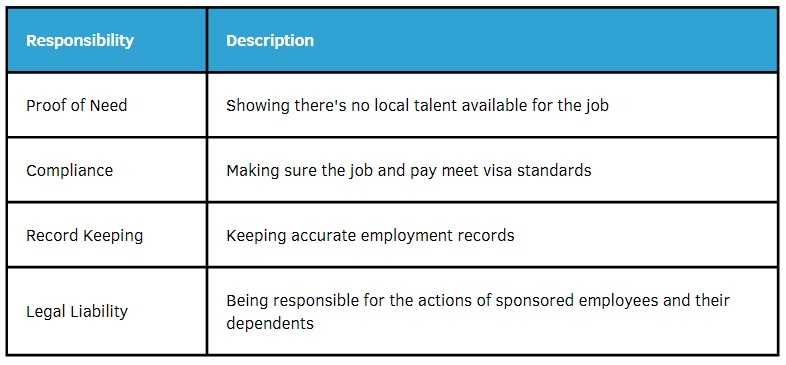
Work Visa Application Process
Getting Started with Sponsorship
Kicking off the visa sponsorship process isn’t a walk in the park. For a foreign national to legally work in the U.S., they usually need a U.S. employer to back them up. The employer first needs to find the right candidate and offer them a job. Then, they have to file the necessary paperwork with U.S. immigration authorities.
Employers often need to prove they can’t find the required skills locally. This usually means showing through labor market tests that no U.S. worker could fill the position. Once this is sorted, the employer can move forward with the sponsorship.
Here’s the usual drill:
– Offer the job to a foreign national.
– File a Labor Condition Application (LCA) with the U.S. Department of Labor (for certain visas like H-1B).
– Submit a Petition for a Nonimmigrant Worker (Form I-129) to the U.S. Citizenship and Immigration Services (USCIS).
– Pay the required visa fees and administrative costs.
Legal Obligations and Paperwork
The visa sponsorship process is no joke, with a ton of legal hoops to jump through and paperwork to handle to stay on the right side of U.S. immigration laws. Sponsors have to vouch for the foreign national, provide financial support, and make sure the visa holder sticks to the terms of their visa.
Key paperwork and legal stuff include:
– Labor Condition Application (LCA): For H-1B visas, this must be submitted to the U.S. Department of Labor. It certifies that the employer will pay the going rate and that working conditions won’t negatively impact other employees.
– Form I-129, Petition for a Nonimmigrant Worker: This form is crucial for various work visas. The employer must provide detailed info about the job, the foreign worker, and their business.
– Proof of Recruitment Efforts: Employers often need to show they’ve tried to hire U.S. workers before turning to a foreign national.
– Visa Fees and Administrative Costs: Employers cover the costs of the visa application, including filing fees and legal expenses.
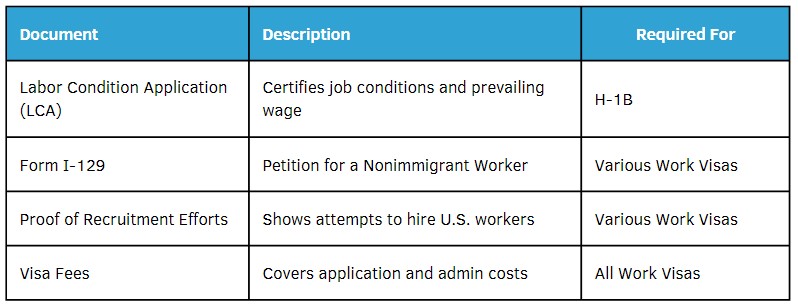
Employers also need to keep up with employment and immigration laws, which means keeping accurate records and sticking to the terms in the visa petition. Messing this up can lead to penalties and hurt the employer’s chances of sponsoring future visas.
Navigating the visa sponsorship process is a bit like walking a tightrope, with lots of rules and paperwork to bring a foreign national to the U.S. for work.
Types of Work Visas
Figuring out which work visa you need to enter the U.S. can feel like a maze. Here’s a breakdown of some common work visas, what you need to qualify, and what you get with each one.
H-1B, H-2A, and H-2B Visas
H-1B Visa: Got a degree or some serious work chops in a specialized field? The H-1B visa might be your ticket. It lets you stay for up to three years, with a chance to extend.

H-2A Visa: If you’re into farming and can handle seasonal work, the H-2A visa is for you. Employers can bring in foreign workers for those busy times but don’t expect to stay more than a year.
H-2B Visa: Not into agriculture? The H-2B visa covers other temporary jobs, like working at a ski resort or a summer camp. Again, it’s usually capped at one year.

I, L, and O Visas
I Visa: If you’re a journalist or part of a foreign media crew, the I visa is your pass. As long as you stick with the same media outlet, you can stay indefinitely.
L Visa: Got a job transfer from your company to a U.S. office? The L visa is for you. There are two types: L-1A for execs and managers (up to three years) and L-1B for those with specialized know-how (up to one year).
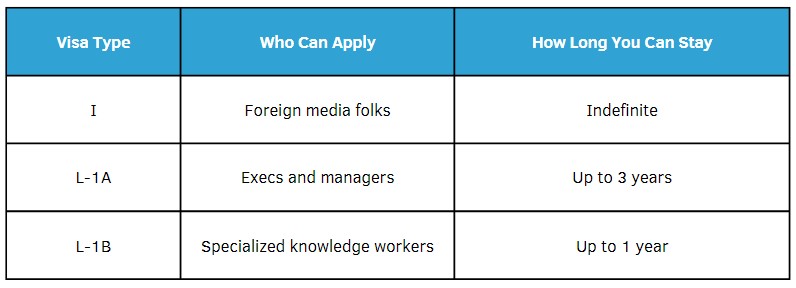
O Visa: If you’re a rockstar in your field—be it arts, science, business, or sports—the O visa is for you. It even covers your support staff and family.

Knowing these visa types can make the whole process smoother and help you figure out which one fits your situation best.
Global Visa Sponsorship
Visa sponsorship is a big deal when it comes to moving workers around the world and expanding businesses internationally. It’s got its perks and headaches for both bosses and workers. Let’s break down what you need to know about the good, the bad, and the ugly of global visa sponsorship.
Benefits and Challenges
Visa sponsorship can be a win-win. Employers get to tap into a pool of talent from all over the globe, filling specific job needs and adding a splash of cultural diversity to their teams. For employees, it’s a ticket to career growth and a chance to experience new cultures.
But it’s not all sunshine and rainbows. Employers have to deal with tricky immigration laws, tons of paperwork, and the costs that come with visa fees and admin stuff. Plus, they need to stay on top of employment and immigration rules to avoid getting into hot water.
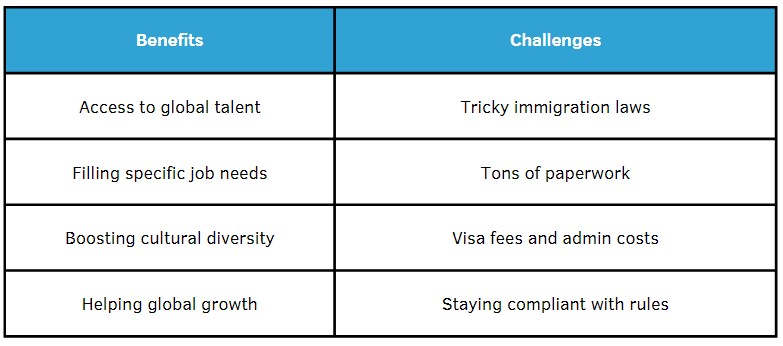
Process and Considerations
The visa sponsorship process isn’t the same everywhere, but there are some common steps and things to keep in mind. Both employers and employees need to know these to make the process smoother.
- Picking the Right Visa: Different countries have different visa options. For example, Australia offers the Employer Nomination Scheme visa (subclass 186) for permanent residence and the Temporary Skill Shortage visa (subclass 482) for temporary work (Department of Home Affairs).
- Legal Stuff: Employers need to follow immigration laws and rules. This means knowing who’s eligible, what documents are needed, and how to apply. In Australia, businesses can sponsor workers under specific agreements for up to five years.
- Money Matters: Sponsorship costs money. There are visa fees, admin costs, and maybe even relocation expenses. Employers need to budget for these and know their financial responsibilities.
- Staying Compliant: Employers must keep up with employment and immigration rules to avoid legal issues. This means making sure sponsored employees follow visa conditions and that employers meet their obligations.
- Work Restrictions: Some visas come with work limits, like how many hours an employee can work or how long they can stay with a specific employer. Knowing these restrictions is key to staying compliant.
Visa sponsorship can be a headache, but it’s worth it for the benefits it brings to both employers and employees. By understanding the ups and downs and keeping an eye on the important stuff, employers can make the most of the opportunities it offers.

